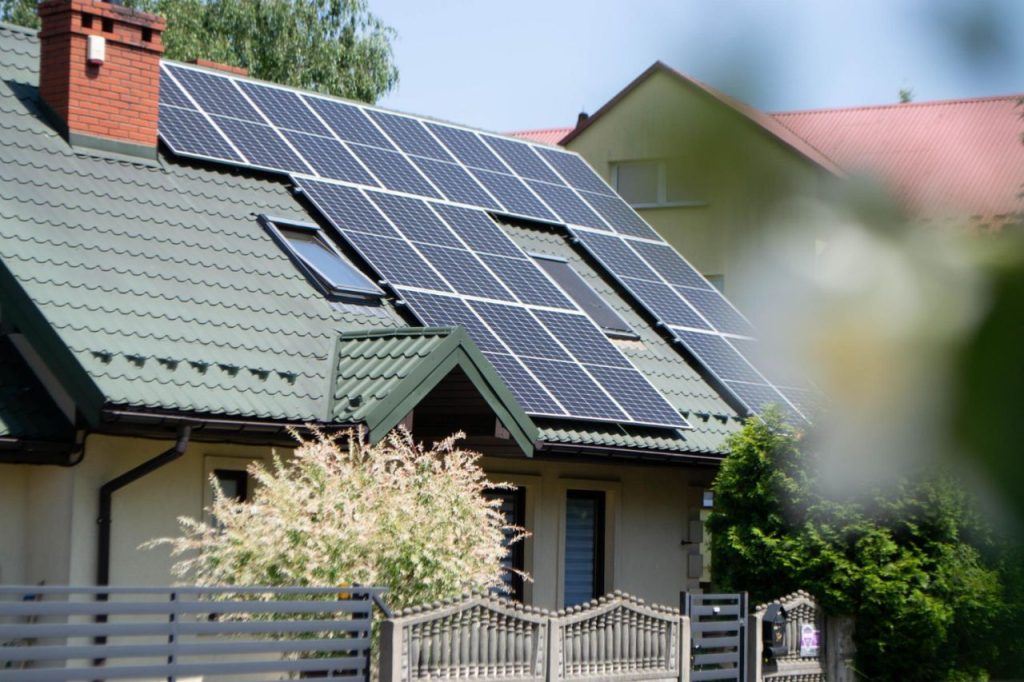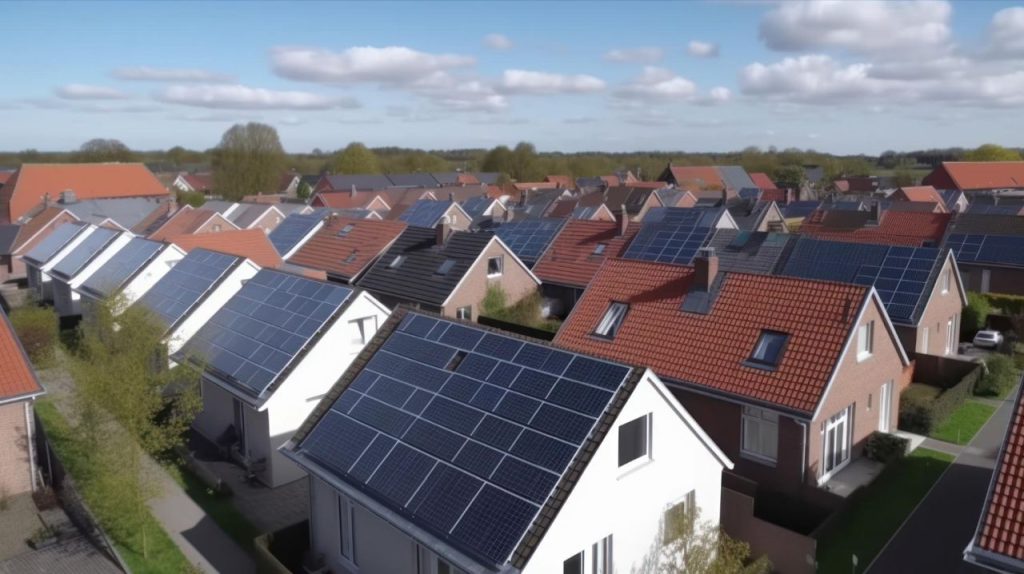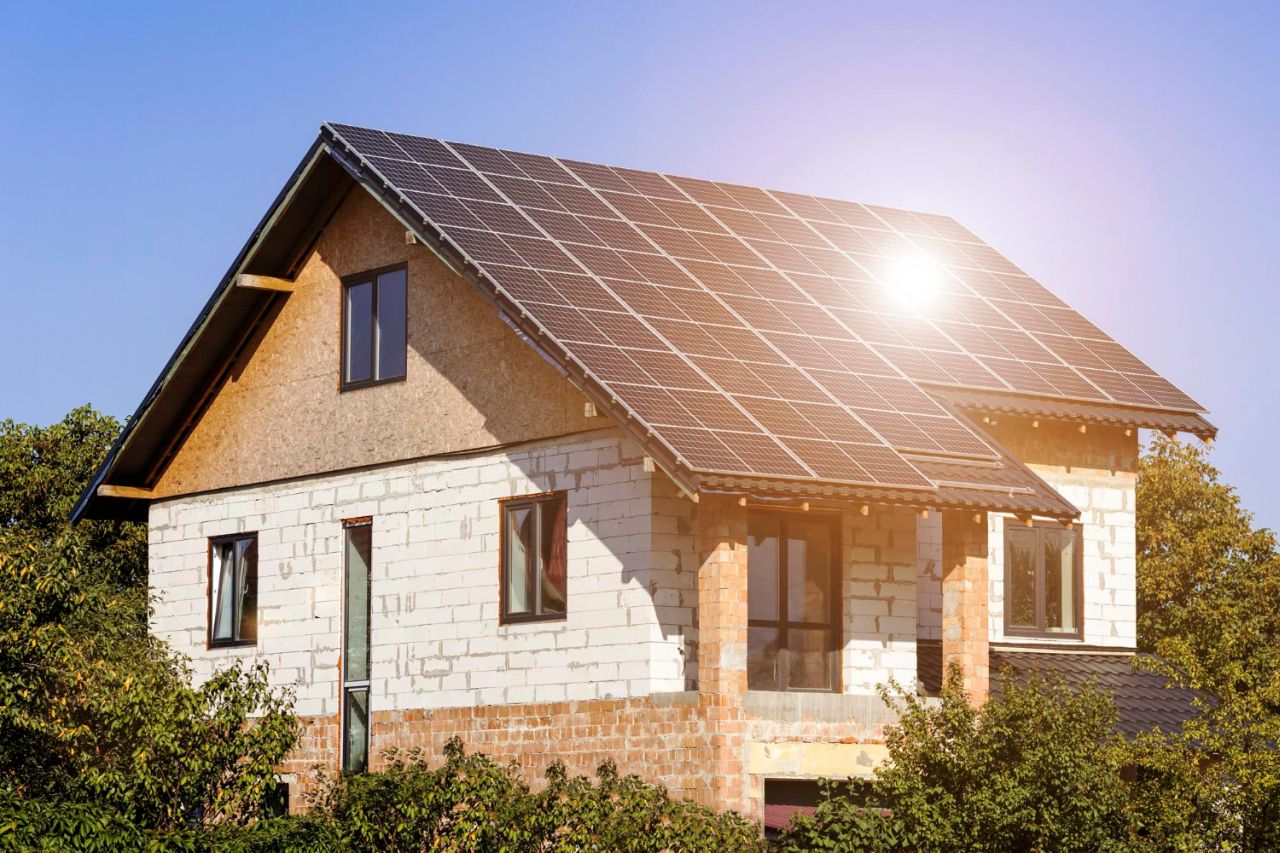In sunny Australia, solar energy is a smart financial investment and a sustainable decision. Since solar technology is cheaper and government incentives are considerable, homeowners are installing solar panels on their roofs.
This tutorial covers the basic processes and considerations for installing solar panels on your roof to maximise the sunny Australian environment.
Step 1: Assess Your Solar Potential
Assess your solar potential before installing solar panels in Australia’s sun-drenched outback. This entails understanding how well your roof converts sunlight into energy.
Your roof’s size, inclination, slope, and shade from neighbouring trees or structures affect how much solar electricity you can create.
Solar panels in Australia work best on north-facing roofs because they get the most sunshine. The recommended tilt angle of your panels depends on your latitude but ranges from 18 to 36 degrees to optimise solar exposure.
Additionally, your area’s local weather patterns and historical sunlight data should be considered. Regions that enjoy clear, sunny skies most of the year will naturally produce more solar energy than areas frequently clouded over.
Many solar providers in Australia use sophisticated tools like satellite imagery and solar mapping technologies to evaluate these factors precisely.
These tools allow them to provide accurate estimates of potential solar output without physically visiting your home.
This examination determines the viability and arrangement of solar panel installation for maximum energy output. By customising the system to your home’s particular qualities, you can optimise your investment and solar power system efficiency from the outset.
Step 2: Understand Your Energy Needs
Understanding your energy demands is essential before installing solar panels. A careful study of your household’s electricity usage ensures that the solar system you install fits your energy demand. First, examine your prior power bills to determine your monthly energy usage and seasonal fluctuations.
These patterns can help you identify energy use peaks, such as in the summer when air conditioning is running often or at night when lights and appliances are on.
This information is crucial for determining your solar system size. Larger systems may be needed for high-consumption households, while smaller systems may be sufficient for low-consumption dwellings.
Additionally, consider future energy demands. Buying energy-intensive equipment, electric heating, or an electric car can drastically raise your power use. Preparing for such increases helps save costly solar system modifications.
This stage optimises your solar installation for current and future energy demands and maximises ROI. Properly sizing your solar system prevents you from overproducing electricity or running out when needed, improving efficiency and cost-effectiveness. Thinking Solar? Think Local! Solar Flow offers personalised solar installations in Melbourne to match your home or business perfectly.
Step 3: Explore Incentives and Financing
Australian households contemplating solar panels must investigate incentives and financing. Federal and provincial programmes that cut costs and promote renewable energy make solar conversion easier.
Small-scale Technology Certificates from the federal Small-scale Renewable Energy Scheme are a substantial incentive. These renewable energy certificates are valued by the quantity of power the solar system is predicted to generate during its lifespan. These certificates may be exchanged for a solar installation discount, decreasing the upfront expenditure.
Each Australian state may offer rebates and financial aid. These advantages differ per state since they focus on local energy objectives and climate legislation. Victoria offers subsidies for solar panels and batteries, which may be paired with federal incentives for even greater savings.
Homeowners have flexible financing alternatives. Popular options include solar leasing, where the leasing company owns the solar system, and the homeowner pays a monthly charge. This contract frequently includes maintenance and repairs, relieving the homeowner of long-term upkeep and giving a consistent, often reduced monthly power cost.
Power purchase agreements (PPAs) also appeal. A PPA requires a homeowner to buy solar electricity at a specified price per kilowatt-hour, usually cheaper than local utility rates. This solution significantly reduces energy bills without prior expenditure.
Solar loans are available for people who want to buy their solar system. Lenders offer secured or unsecured loans with different conditions. Many financial institutions provide green loans with attractive terms for energy-efficient investments at reasonable interest rates.
Using these incentives and financing choices makes solar electricity more affordable and accessible. By choosing the correct incentives and financing arrangements, homeowners may maximise their investment and enjoy solar power’s lower electricity costs and carbon impact. This strategic financing model makes solar energy accessible to many homes, supporting Australia’s environmental and energy sustainability goals.
Step 4: Choose Quality Solar Panels and Inverter
Choosing quality solar panels and an inverter is essential for a rooftop solar energy installation. This option affects your solar setup’s efficiency, durability, and performance, affecting energy output, dependability, and cost-effectiveness.
Each form of solar panel has its benefits and efficiency. Monocrystalline panels, which produce more electricity per square metre and look sleek, are a popular choice for small roofs. Polycrystalline panels are cheaper and more effective in diverse environments but less efficient. Thin-film panels, albeit less popular due to their lower efficiency, might be useful on roofs that cannot handle greater loads because of their flexibility and weight.
Your inverter turns solar panels’ direct current (DC) energy into alternating current (AC) power for your house or the grid, making it crucial. String inverters, a proven technology that links all panels in series, are a cost-effective alternative for installations without shading difficulties. Microinverters may be better for intricate roof layouts or partially shaded panels. Each panel’s panels maximise energy output by preventing panel performance from affecting others.
Solar panels and inverters should have long-term performance guarantees. Solar panels normally have a 25-year performance warranty, whereas inverters have 5–10 years. These guarantees provide peace of mind and demonstrate the manufacturer’s confidence in their goods’ durability and dependability.
Solar panels and inverters should also be chosen based on manufacturer reputation and installation evaluations.
Companies with a history of customer satisfaction and high-quality products are favoured. Choose items that satisfy worldwide testing requirements and are certified by reputable industry authorities to ensure quality and safety.

The correct solar panels and inverter may boost your solar power system’s efficiency and performance throughout its lifecycle. Making smart decisions in this stage may result in significant energy savings and a quick return on investment, making solar energy a viable and ecologically good choice.
Step 5: Select a Reputable Installer
Your solar panel installation’s success and lifespan depend on choosing a trustworthy contractor. A competent and trusted installer sets up the solar panels and inverter appropriately and follows safety and local rules for operational efficiency and legal compliance.
When picking an installer, check their credentials first. Australian solar installers must be Clean Energy Council-accredited. This certificate shows that the installation is trained and follows industry standards. It also ensures they use the newest technologies and installation methods. This professionalism and knowledge are essential in an industry where technology and norms change.
Industry reputation might indicate the installer’s trustworthiness and quality of service beyond certification. Customer reviews and comments can shed light on their experience. Positive reviews, especially on post-installation assistance and service, suggest a reliable installer who will likely provide long-term service.
Also, evaluate the installer’s industrial experience. Years of experience will provide installers with the abilities and understanding to manage diverse situations. Installers with experience can handle difficult roof layouts and integrate solar systems with existing electrical infrastructure to optimise system efficiency.
Also, the installer’s customer service should be evaluated. Good signals include prompt, clear communication, readiness to answer enquiries, and ability to explain the installation in depth. An installer who conducts a full home energy evaluation before beginning may provide superior solar options.
Choosing an installation with a robust workmanship guarantee and product warranties on the panels and inverter might give you peace of mind. This guarantee covers installation concerns without additional charges, safeguarding your investment.
By carefully selecting a trustworthy and professional solar contractor, you can guarantee your solar system is efficient, consistent with all standards, and a reliable source of energy savings for years. This option is as important as the technical ones and should be carefully considered.
Step 6: Installation and Grid Connection
Installing and connecting your solar panel system to the grid is crucial to turning solar energy into everyday usage. This procedure usually takes several days and requires precise technical effort and collaboration with local energy authorities to meet national standards and safety laws.
Solar panel installation begins with roof attachment. Installers must place and tilt panels to enhance year-round sunshine. Avoiding shadowing from trees, chimneys, and other structures needs careful design. After installing the panels, electrical wiring begins. This cabling links the solar panels to the inverter, which converts their DC electricity into AC electricity for household usage and the power grid.
After installing the panels and inverter, connect the system to your home’s electrical system. Integrating the solar system with your main electrical panel may require improvements or alterations to manage the new energy source securely. The system must be grounded after these connections to prevent electrical failures and fires.
The final technical stage is connecting to the public electricity grid, which lets you sell extra energy to the power provider. This procedure usually entails a local utility company inspection to ensure the installation fulfils all criteria and is safe to run. After passing this inspection, the utility provider installs a bidirectional metre to detect grid energy use and return. Proper accounting and compensation of your energy might greatly reduce your electricity expenses using this metering.
Installation and grid connection entails technical and physical effort and plenty of documentation. Before installing, you must get permission and submit all grid connection approval papers. The paperwork can be complicated and requires knowledge of local laws and filing procedures. Your installer’s experience is vital; professional installers will manage most or all of this procedure, ensuring documentation is completed correctly and filed on time.
Installation and grid connection can be complicated and bureaucratic, but a skilled installer can simplify the process. This makes it easy to switch to solar power for long-term energy savings and environmental protection.
Step 7: Maintenance and Monitoring
Solar panel system maintenance and monitoring are the last steps to guarantee your installation runs properly and successfully over time. These activities are essential for protecting your investment and maximising system performance for energy generation and financial rewards.
Due to its lack of moving parts, solar panel maintenance is easy. However, frequent panel cleaning is necessary to eliminate dust, grit, and other debris obstructing sunlight and reducing system effectiveness. Locations with significant dust or bird activity may require more regular cleaning. Annually checking the panels for deterioration, tightening all connections, and testing the inverter is also recommended.
In addition to physical maintenance, solar system monitoring is essential for proper operation. Modern solar systems allow homeowners to monitor production in real-time. This technology may provide detailed power generation statistics from an app or online dashboard. Monitoring alerts you to obstacles, damage, and system faults by comparing predicted and actual performance.
Monitoring is important in financial management, especially if you sell extra power to the grid via feed-in tariffs. Tracking how much energy your system generates and sends back to the grid helps you effectively control energy use for financial gain.
Solar system maintenance and monitoring improve its lifespan and boost efficiency and production. Staying proactive about these habits will guarantee that your solar panels offer clean, cost-effective electricity for years, maximising your renewable energy investment.
Solar panels on your Australian roof are a smart investment that pays both financially and environmentally. Each step is crucial to your solar project’s success, from assessing your solar potential to choosing components and a trustworthy installation. Solar energy may be more inexpensive and accessible for households through government subsidies and financing opportunities.
After installation, system maintenance and monitoring are easy yet necessary for efficiency and lifespan. Solar panels may lower your carbon footprint and power bills, giving you energy independence at a time of growing energy expenses.
Australians should convert to solar energy soon while technology improves and becomes cheaper. Every homeowner may improve their household and the environment by using the continent’s plentiful sunshine.

